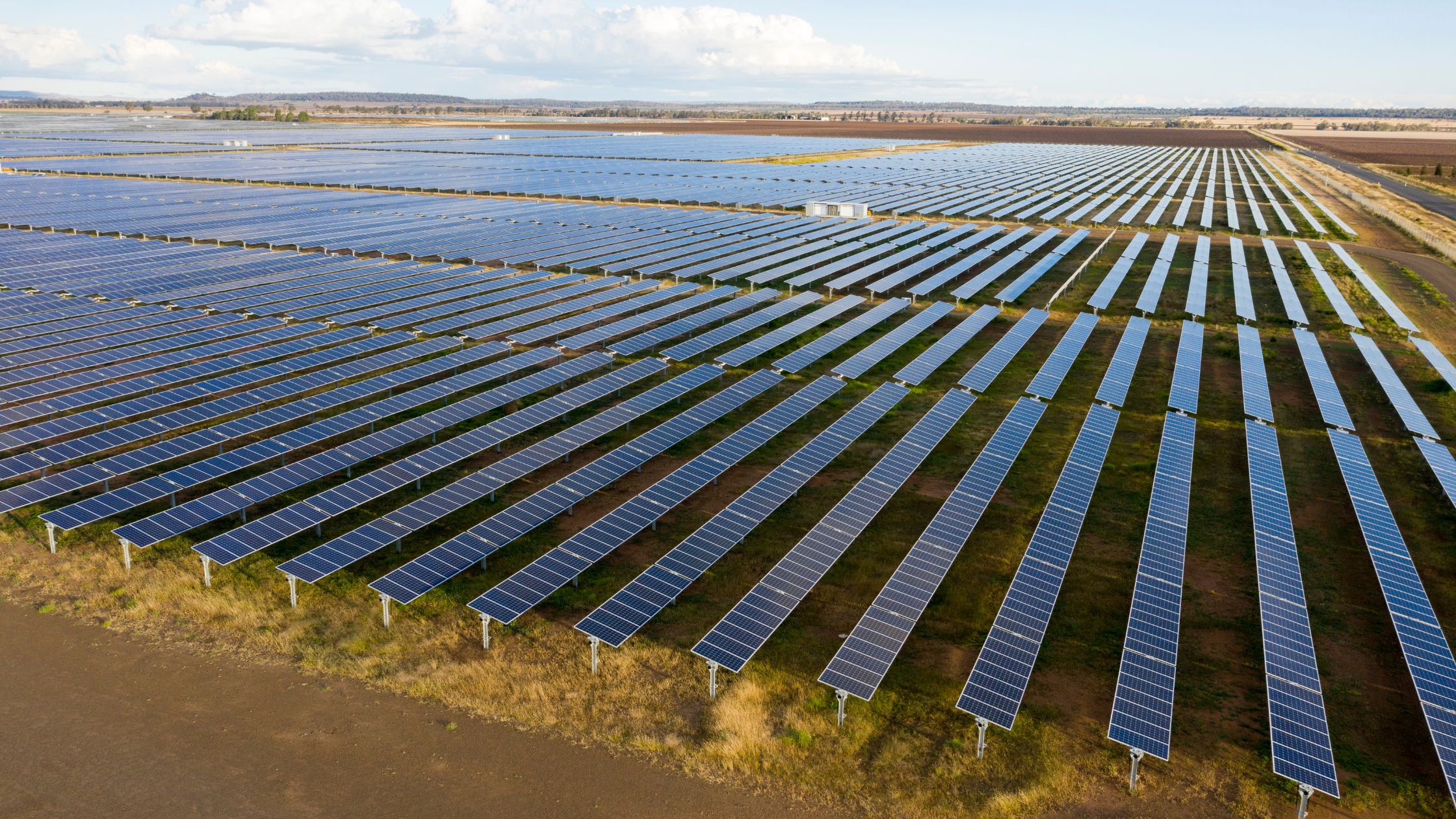China has recently activated the world’s largest solar farm in the northwestern region of Xinjiang. This 3.5-gigawatt (GW) facility, covering 33,000 acres near Urumqi, officially went online on June 3, 2024. Built by the Power Construction Corporation of China, the solar farm is a significant part of China’s renewable energy goals.
This solar farm will generate about 6.09 billion kilowatt-hours (kWh) of electricity annually. This energy can power around 2.03 million electric vehicles annually or supply electricity to Papua New Guinea for a year. The project is part of China’s larger plan to install 455 GW of wind and solar power in areas rich in resources but with fewer people and then send the energy to crowded cities on China’s eastern coast.
The project is a vital part of China’s growing solar power network, which includes the Ningxia Tenggeli and Golmud Wutumeiren solar farms, each with a capacity of 3 GW. Xinjiang has become a vital area for China’s renewable energy projects, using its ample solar and wind resources to support large energy projects.
Building this solar farm emphasizes China’s commitment to expanding its renewable energy capacity and leading the world in green energy. However, it also brings attention to ethical concerns about the treatment of ethnic minorities in Xinjiang, leading to calls for more transparency and ethical practices in the region’s supply chains.
Looking ahead, China has also announced plans to build an even larger 8 GW solar farm in Inner Mongolia. This project will also include wind power, energy storage, and coal-fired power, making it a comprehensive energy solution for the region.



1 comment